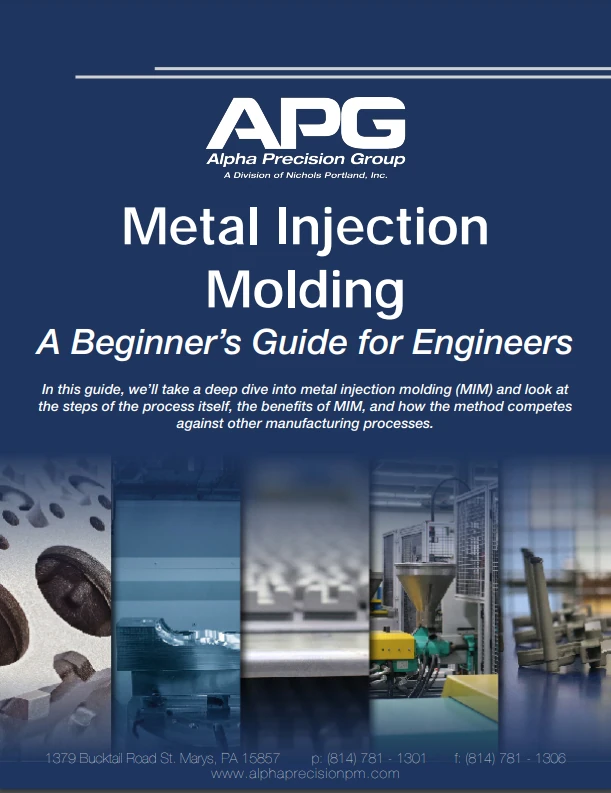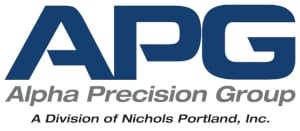
.png?width=345&height=50&name=Untitled%20(11%20%C3%97%208.5%20in).png)
Use this FREE eBook to learn more about metal injection molding and what it can do for your production.
Are you looking to combine the design flexibility of plastic with the strength of metal?
In addition to unleashing new design capabilities, metal injection molding also allows for consistent quality, repeatability, and cost-effectiveness!
Discover this and more inside this valuable resource!
Download Your Free Guide Here
What is Metal Injection Molding?
Metal injection molding is a technology that combines plastic injection molding and powdered metallurgy to produce complex parts that wouldn’t be possible with traditional machining methods.
How Does Metal Injection Molding Work?
There are four steps to the MIM process:
-
-
- Compounding
- Injection Molding
- Debinding
- Sintering
-
What are the Advantages and Disadvantages of MIM?
Metal injection molding can upgrade your processes with these advantages:
- The ability to create parts with complex geometries
- Increased cost-effectiveness when compared with other metallurgy methods
- Consistent part quality
- Consistent part density & strength
While MIM is beneficial, every process has its disadvantages, including:
- Initial costs
- Tooling lead times
- Design change costs
When is MIM Right for the Job?
Metal injection molding has several capabilities that are commonly overlooked:
- Reliably fabricating parts with complex geometries that require little to no post-processing
- Creating quality, end-use parts with tight tolerances
- Remaining a highly cost-efficient metallurgical choice
